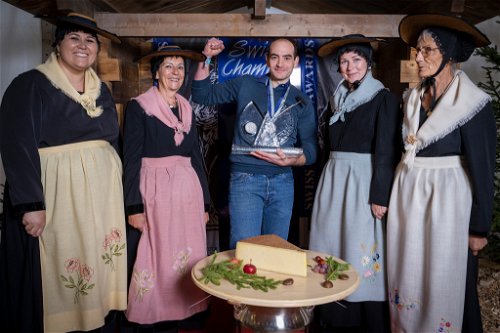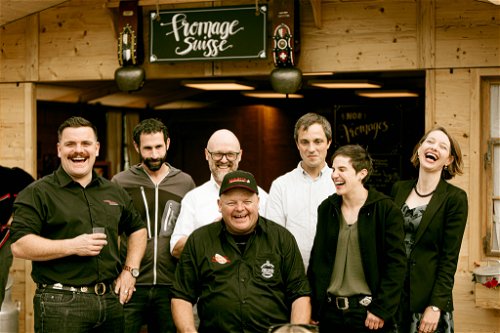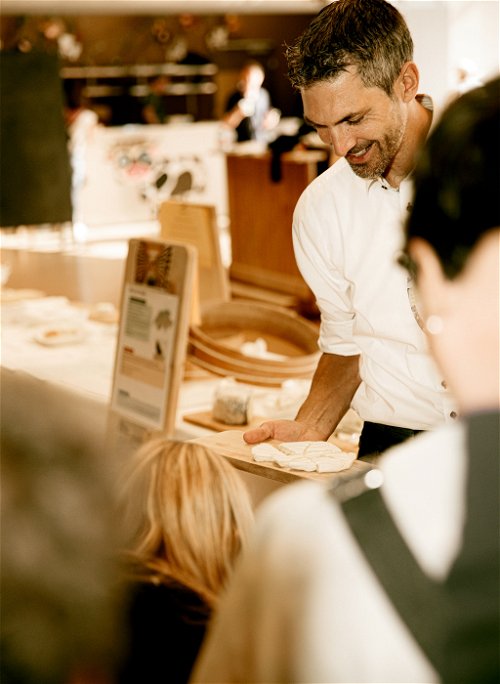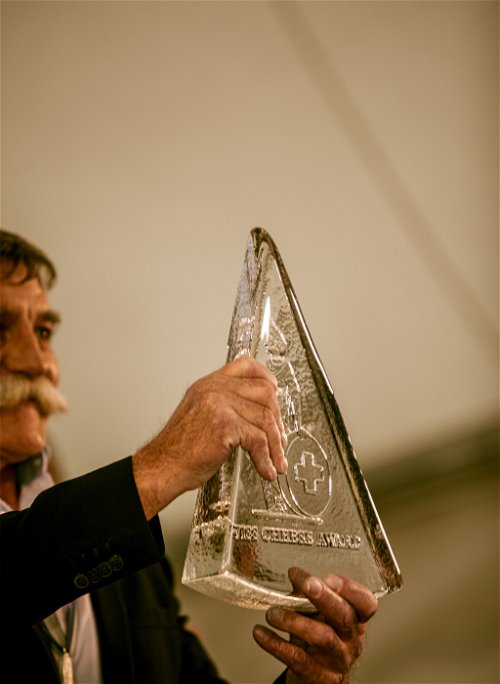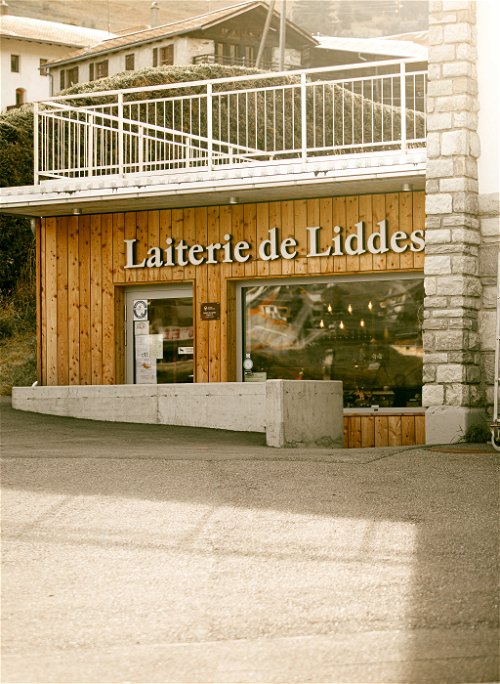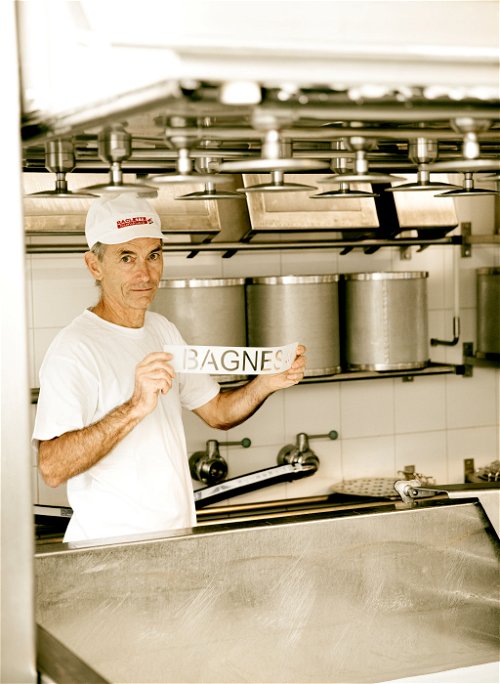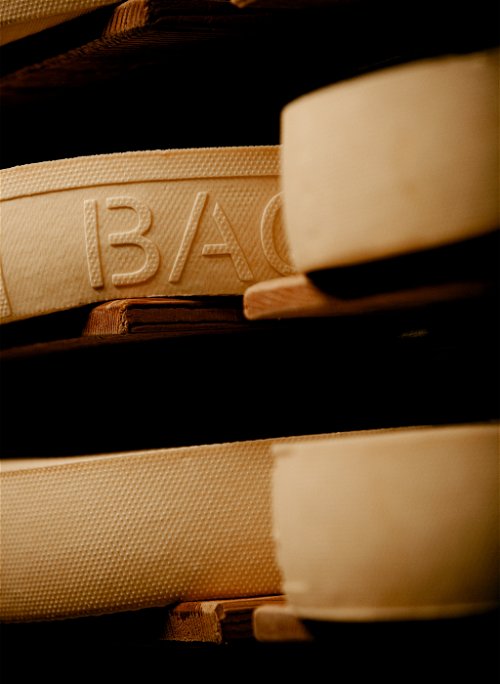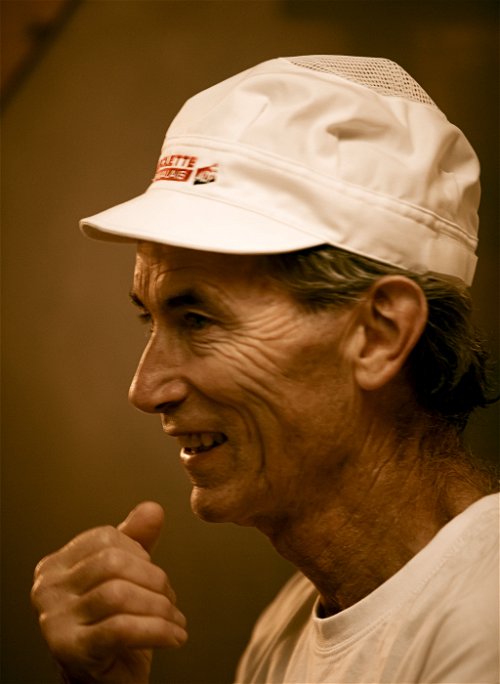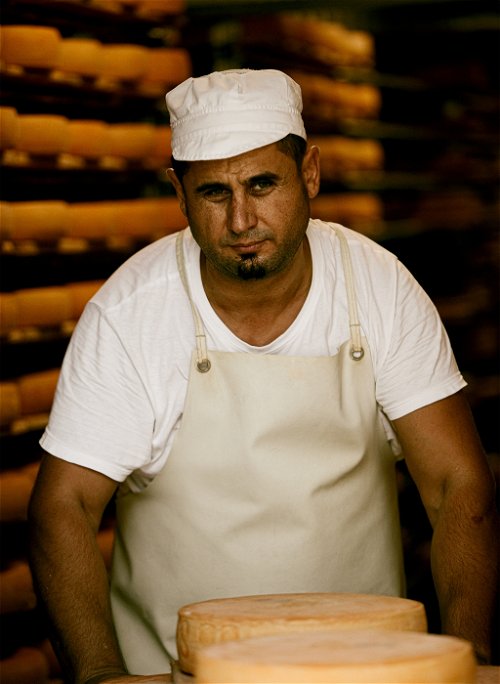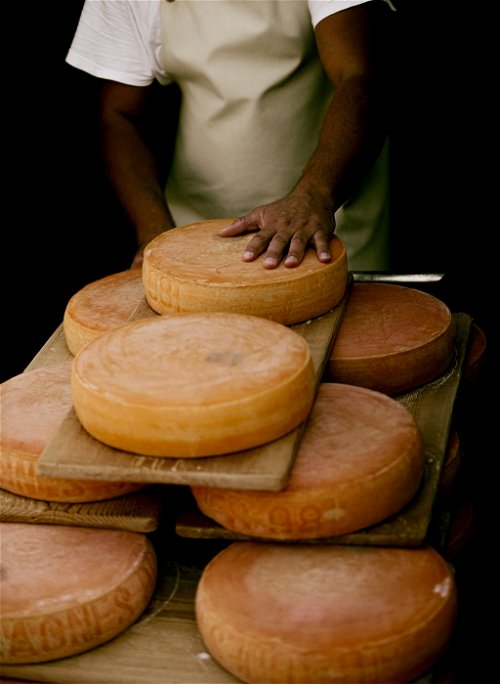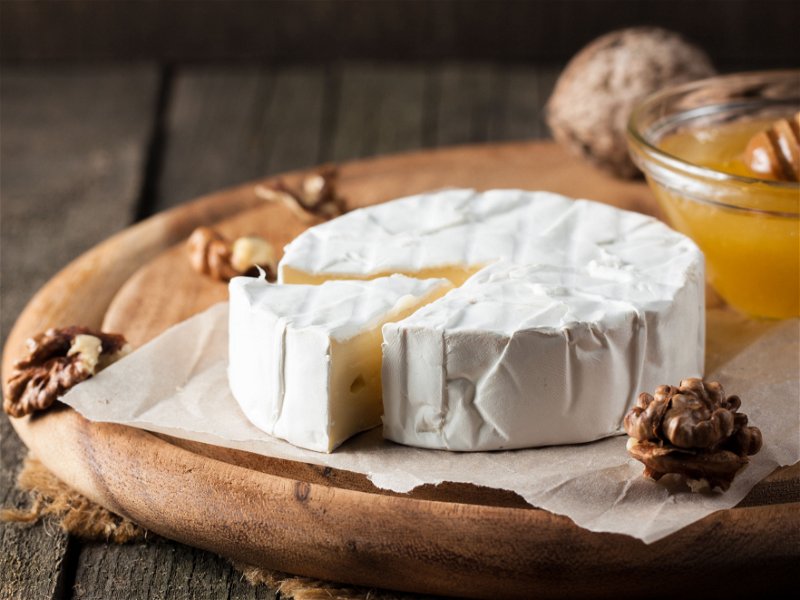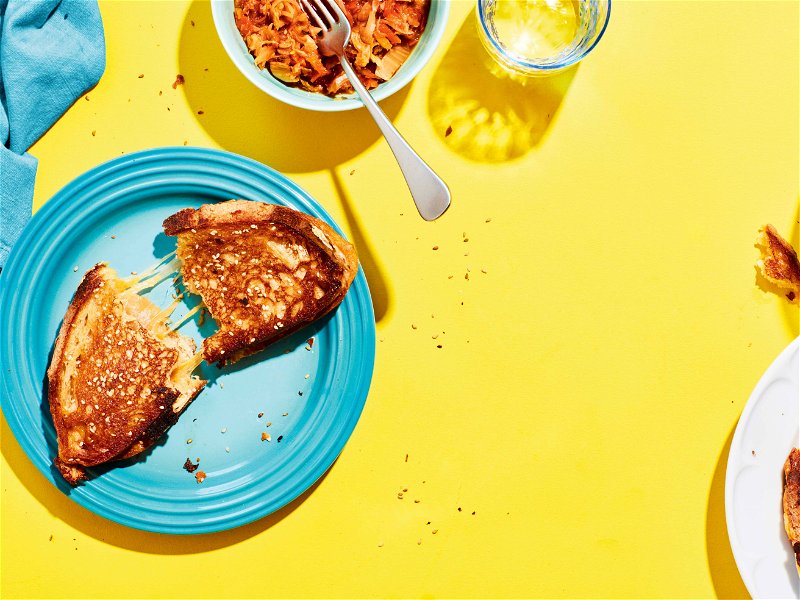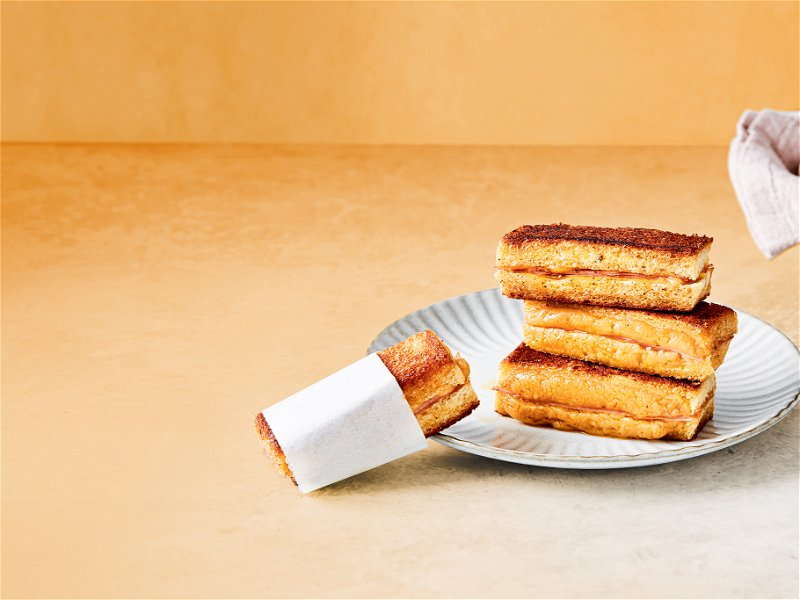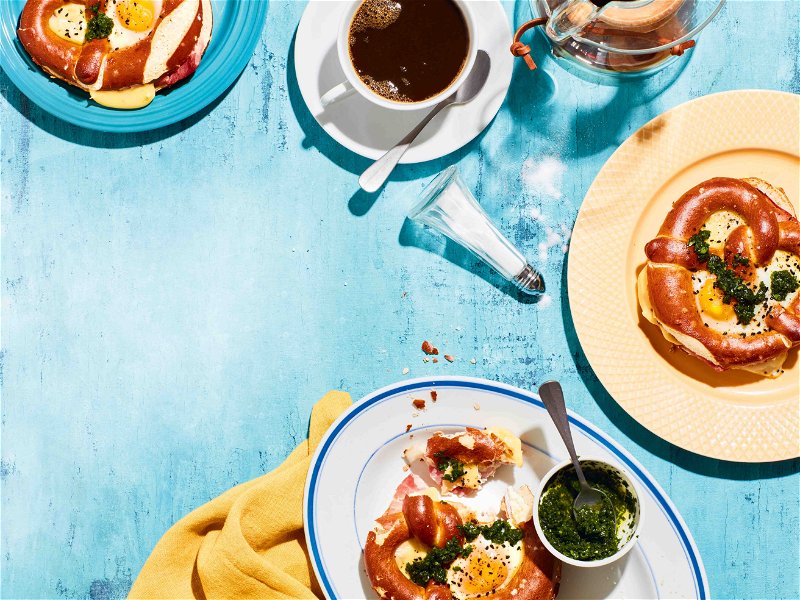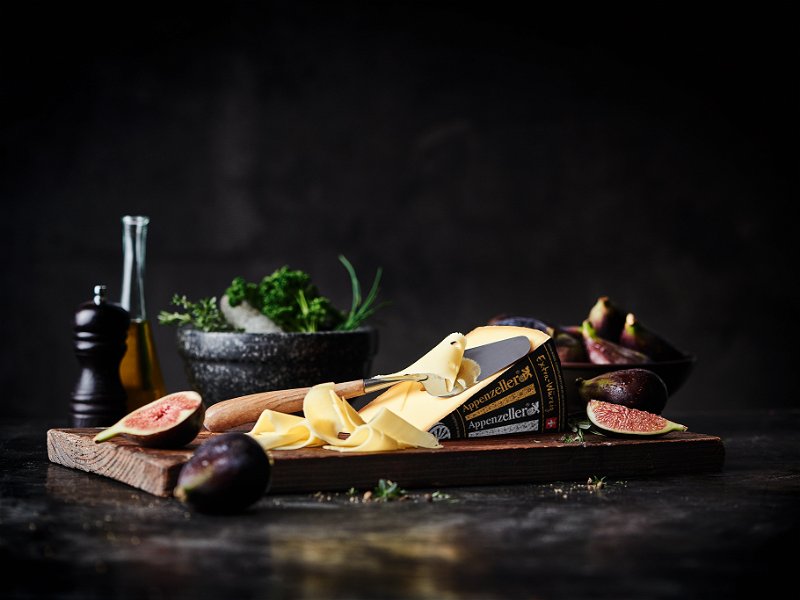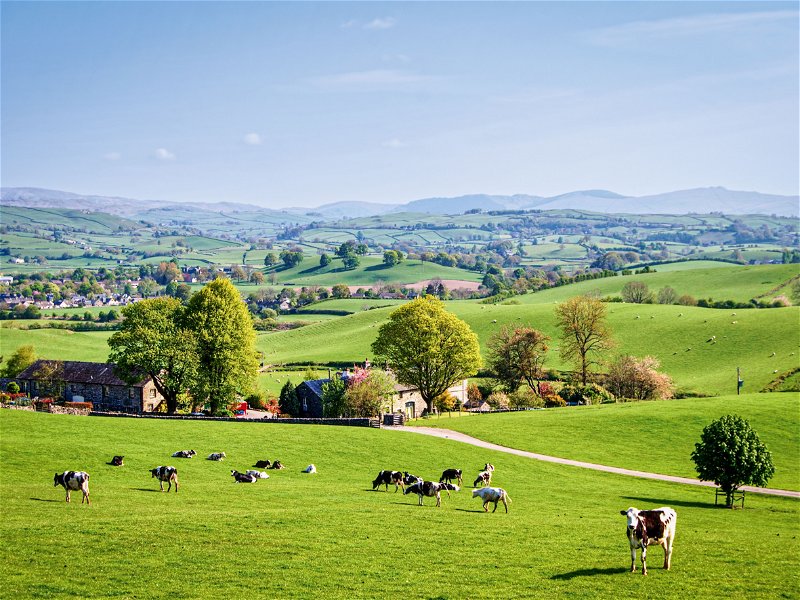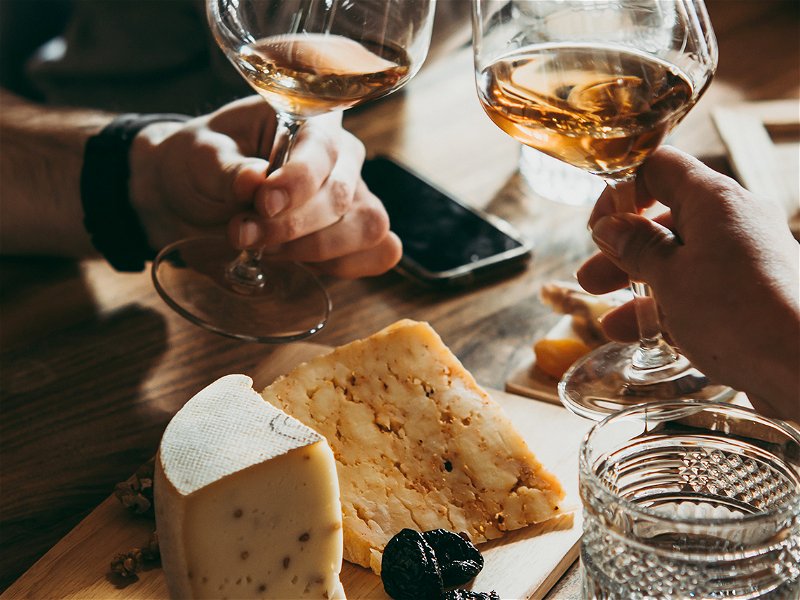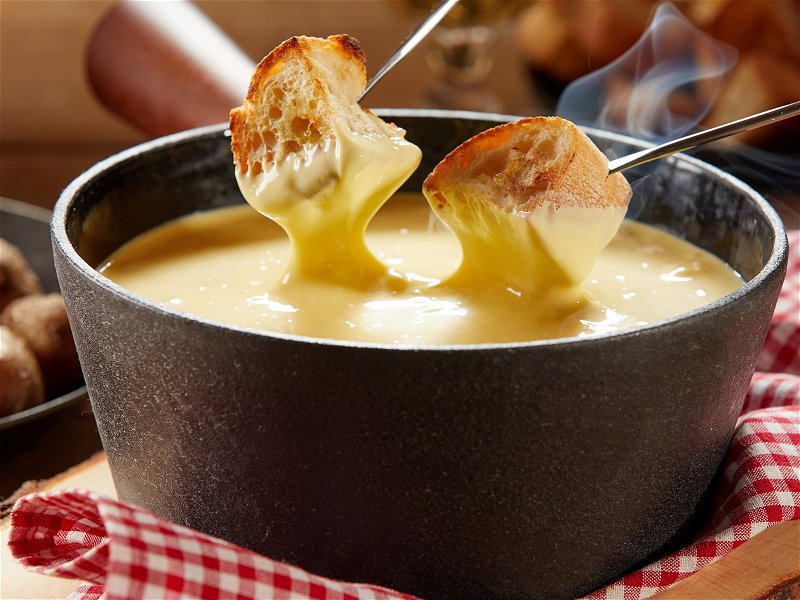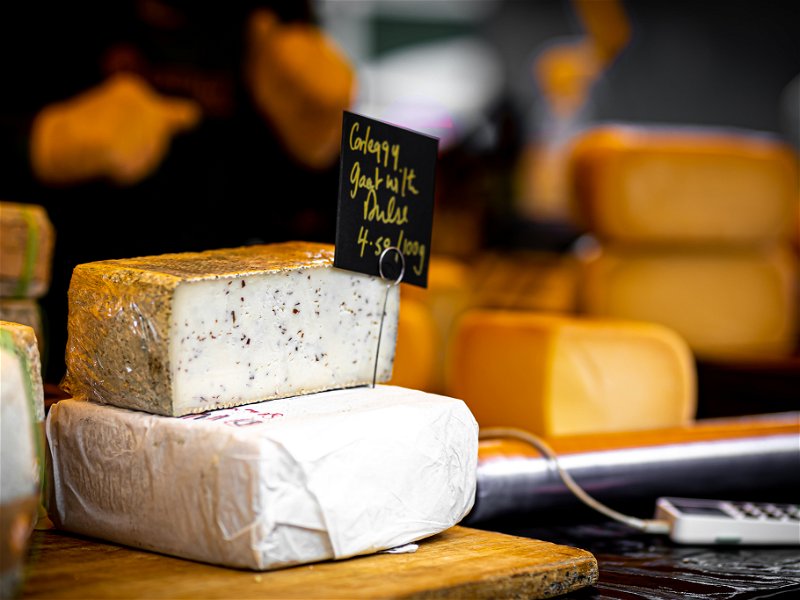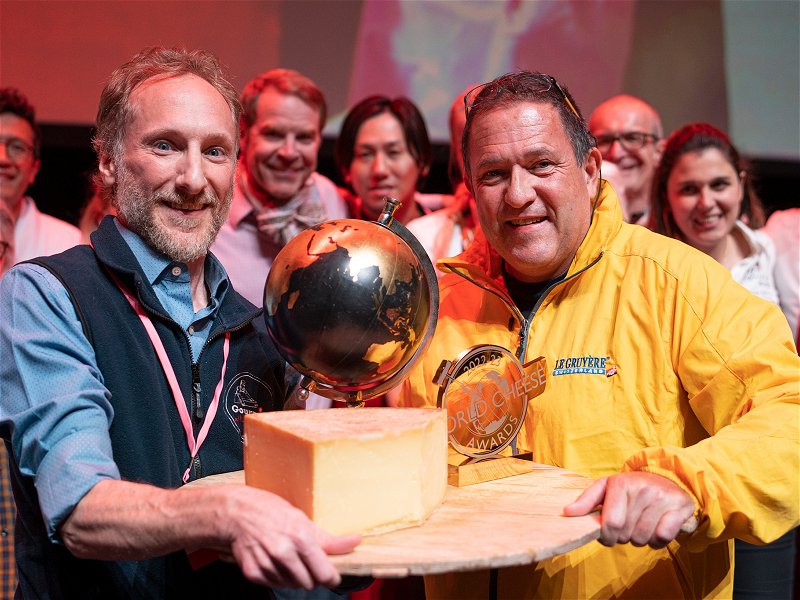Swiss Cheese Awards: The Best Cheese in Switzerland
At this year's Swiss Cheese Awards, the country's best cheesemakers competed to show off their craftsmanship, experience and high quality Swiss milk.
Traditional cheese production has a long tradition in Switzerland. What used to be produced over an open fire using linen cloths is now often partially automated in larger cheese dairies. But one thing remains constant about genuine Swiss raw milk cheese: its craftsmanship.
1,064 cheeses & 300 cheesemakers
The Swiss Cheese Awards were founded in 2001 in order to promote the quality of Switzerland's cheeses beyond the alpine country's borders. Since then they have been held every two years. Le Châble in Val de Bagnes in the canton of Valais was the epicentre of Swiss cheese culture this year. A total of 1,064 different cheeses were submitted in 32 categories by more than 300 cheesemakers. The judging was done by 150 experts from North America, Turkey, Japan, Switzerland and neighbouring countries.
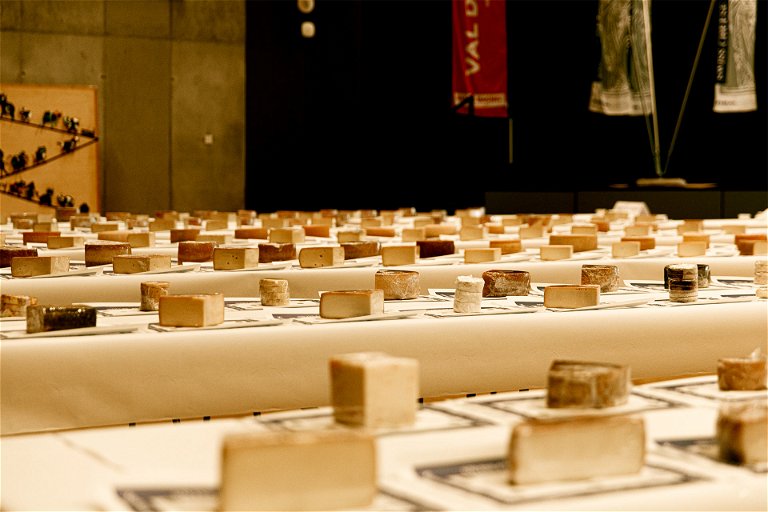
Gruyère is the best Swiss cheese
"We are pleased that we were able to achieve a new record number of participants. This shows the great diversity of Swiss cheese and awareness of the industry's high quality," said Hans Aschwanden, president of the umbrella organisation of Swiss cheese specialists Fromarte, which organises and manages the competition. The title of 'Swiss Champion' was awarded this year to a Gruyère AOP from Marc Delacombaz of Laiterie-Fromagerie in Montbovon. It was awarded the title of Best Swiss Cheese 2022.
Awards & tasting
In addition to the way the cheese tasted, its appearance, aroma and texture were decisive for the jury of experts, made up of cheese makers, exporters and proponents of the industry. In addition to the 'Swiss Champion', individual category winners were also honoured at the Bagnes Capitale de la Raclette festival in Lower Valais, which included a big award ceremony and various tasting stations.
Gruyère, L’Etivaz, Raclette & Co.
The cheese specialities, most of which were made from cow's milk, but also goat's and sheep's cheese, were submitted by small family businesses and from larger cheese dairies. The varieties ranged from Emmentaler AOP, L'Etivaz AOP, Le Gruyère AOP, Appenzeller abd raw milk Tilsiter as well as Graubünden mountain cheese and Valais Raclette AOP.
Raclette in particular, and its various subcategories, formed a substantial part of the competition. Cheese has a long tradition in Valais and is not only enjoyed on special occasions but is part of everyday life. Perhaps this is also a reason why raclette machines for melted cheese to go can be found in the French-speaking canton.
Cheesemaking at Laiterie de Liddes
Attention to detail is always crucial in the numerous well-coordinated steps of cheese production. Cheese maker Eddy Rasera showed us in his Laiterie de Liddes how raw milk is turned into the delicious Raclette cheese. Milk is always the starting point, and its geographical location, climate, and soil management all have an influence on the final taste.
In raw milk dairies, the milk is processed in a cheese vat within 24 hours, and is heated to 32°C for about 30 minutes with constant stirring. Then the cheesemaker adds the lactic acid bacteria and the rennet and lets the milk rest for about 40 minutes. The rennet can be obtained from the stomachs of calves, kids or lambs, from special bacterial cultures or – very rarely – from plants. However, no genetically engineered rennet is used in Switzerland.
Cheese passport
As soon as the milk has curdled, it is cut into even pieces with a cheese harp – a wire-covered stirring implement – which separates the whey from the curds. As soon as the curd reaches the right firmness through further stirring, it is filled into pressing moulds and cheese marks are applied as a type of "cheese passport" for identification. After the whey has drained off, the cheese is pressed into the desired shape. It is the lactic acid bacteria that causes the cheese to ferment and mature. The wheels of cheese are then placed in a brine bath for up to two days. The cheese mass solidifies and its rind forms.
Lactose-free after three months
The cheese rounds are stored in a cheese cellar on rough cut spruce boards and regularly turned and rubbed with salt. The ripening process – also known as affinage – produces a supple cheese with its respective characteristic properties. During this process, various fermentation processes take place. For example, a cheese is lactose-free after about three months of ripening.
The ripening period depends on the variety and size of the cheese wheels and can last from a few days to several years. When its ripeness peaks, the affineur brings his cheese to market. Cheesemaker Eddy lets his Raclette du Valais AOP mature for at least three months until it reaches its unique taste and smoothness.
Recipes with Raclette
Recommendations & Addresses
- Laiterie de Liddes
Route du Grand-St-Bernard 29, 1945 Liddes
bagnes4.ch
- Château de Villa
Rue Sainte-Catherine 4, 3960 Sierre
chateaudevilla.ch
- Restaurant de Plan-Cerisier
Les Guières 15, 1921 Martigny-Croix
plan-cerisier.ch
- Restaurant Les Moulins
Chemin des Moulins 5, 1936 Verbier
restaurant-les-moulins.ch
- Hôtel La Cordée des Alpes
Rue du Ctre sportif 24, 1936 Verbier
kvhotels.com
- La Fromatheque
Route du Grand-Saint-Bernard 28, 1921 Martigny-Croix
lafromatheque.ch
- Destillerie Morand
Rue de Plaisance 2, 1920 Martigny
morand.ch

